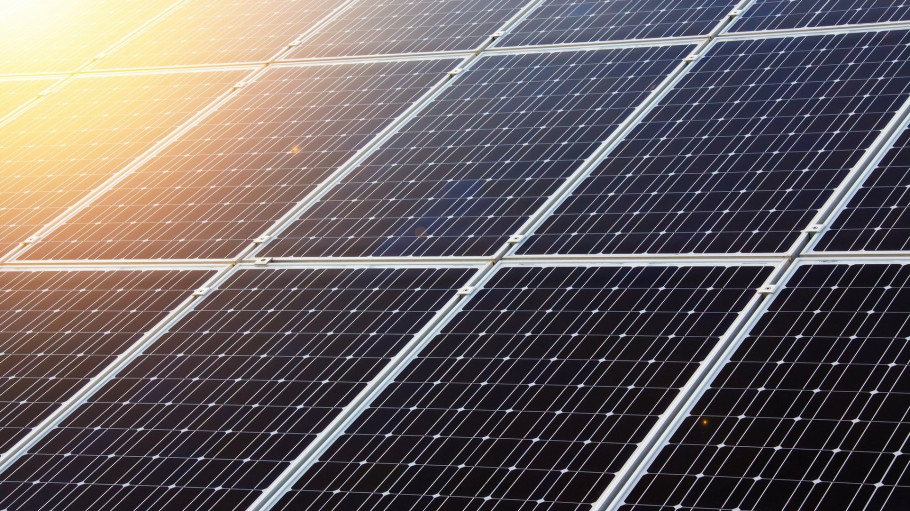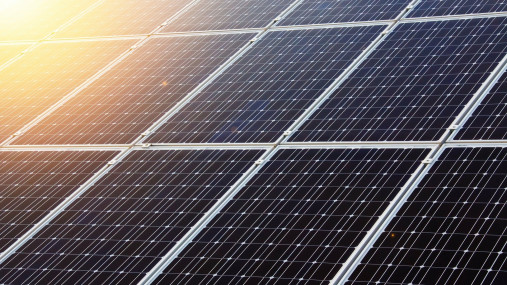
Publications » Position papers » Platform on Sustainable Finance transition financing questions
Platform on Sustainable Finance transition financing questions
Downloads and links
Recent updates

Question 1:
Can the current EU taxonomy framework be used to provide greater support for attracting capital for the transition of companies towards “sustainable” activities, including in ways not yet proposed by the Commission and if so in which ways?
Answer:
The EU taxonomy mechanism must be fit for purpose, i.e. it should attract financing for activities contributing to the EU climate and environmental goals. However, it must not lead to financial or investment leakage of any kind but, conversely, it should ease the support for EU-based sustainable projects’ financing while avoiding a further weakening of the EU industries’ ability to compete globally. Hence, the current EU taxonomy framework (in particular the actual draft delegated act) needs further improvements to be able to provide greater support for attracting capital for the continuous transition of companies towards “sustainable” activities.
Question 2:
Can the EU taxonomy framework support finance for companies undertaking activities that do not yet meet, or may be unable to meet, the substantial contribution criteria? And how can this be done?
Answer:
Yes, the EU taxonomy framework should support finance for companies undertaking activities that do not yet meet, or may be unable to meet, the substantial contribution criteria. Without this, a successful meeting of the EU environmental goals would be seriously endangered. Furthermore, it is crucial that the thresholds for those eligibility criteria would be realistic while also taking into consideration the characteristics and needs of individual sectors.
In case of climate change mitigation, those thresholds should cover all the emissions related to the activity considered, including the use of process gases (so called waste gases). For this, appropriate accountancy methodology should be used to avoid miscalculations. This is the case for the steel industry, which is requesting the correction of the suggested thresholds for climate change mitigation criteria (actually related to the ETS product benchmark) for processes whose emissions are not fully covered by the ETS product benchmark (coke and hot metal) by adding the exported waste gases to the thresholds defined. If, for any reason, it would not be possible to correct those thresholds as suggested above, it would also be possible to replace the ETS product benchmarks by using the principles of standard EN 19694-2 - developed with a mandate of the EU Commission - to assess the relative performance of steel production, or using accountancy principles from any other internally recognised standards.
The EU Taxonomy should allow direct eligibility for those activities with considerable low emissions. For example, the secondary steel production route should be eligible due to its significantly low emissions, as also recommended by the TEG in their final report.
The thresholds should not exclude best practices or the production of qualitative products. For example, the proposed threshold of at least 90% scrap sourced iron content in final products can be reached for carbon steel, but it would be technically unachievable for certain steel qualities. Hence, this threshold has to be adjusted for higher EAF steel grades to make them eligible because the use of raw materials other than scrap is unavoidable for such quality products.
Companies that do not meet the substantial contribution criteria will apply various measures that will in combination help them to meet the eligibility thresholds in the end. It is therefore crucial to allow eligibility for mitigation measures provided that they would be e.g. incorporated into a single investment plan/roadmap within a determined time frame that outlines how each of the measures in combination with others will enable the activity to meet the defined thresholds. However, the envisaged time frame for meeting the thresholds will vary depending on projects and framework conditions, so that this time frame should be flexible/adjusted in case by case.
Having such an investment plan in place, highlighting the approach or roadmap/trajectory helping the transition towards meeting the thresholds could constitute a criterion for unlocking investment for the said transition. Equally, Key Performance Indicator -KPI- (e.g. externally verified) could be defined to measure progress.
Furthermore, the implementation of measures for meeting the thresholds will depend on external factors (i.e. factors which are not in control of the companies) such as availability of cost competitive low-CO2 energy carriers (such as electricity, hydrogen, biogas), input material and infrastructures for carbon capture and storage. The availability of these external factors will impact the performance of the considered measures and have implications on their cost. It should be highlighted that in particular the CO2 emissions evolution of the required electricity will be essential in the calculation of CO2 reduction potential. Low-CO2 strategies in EU steel for example entail additional use of low-CO2 electricity. For additional electricity demand, a 2050 European grid mix has to be assumed to assess the full CO2 reduction potential and ensure a level playing field for all technologies and all countries.
Question 6:
Can we clearly address the concerns that the taxonomy will be used to prevent financing of transitional activities, while at the same time ensuring that we are not facilitating “green-washing”?
Answer:
This aspect is subject of the current discussions within the EU Commission in the frame of the draft delegated act on EU Taxonomy disclosure, which is expected to be adopted by 1 June 2021.
Financing transitional activities, while at the same time ensuring that “green-washing” is not facilitated can be secured in clarifying how the above-described investment plan/roadmap (including measures foreseen by a company for the transition to meeting the thresholds) should be reported according to the taxonomy disclosure requirements actually in discussion.

Download this publication or visit associated links
Brussels, 27 November 2024 – The European steel industry is at a critical juncture, facing irreversible decline unless the EU and Member States take immediate action to secure its future and green transition. Despite repeated warnings from the sector, the EU leadership and governments have yet to implement decisive measures to preserve manufacturing and allow green investments across Europe. Recent massive production cuts and closure announcements by European steelmakers show that time has run out. A robust European Steel Action Plan under an EU Clean Industrial Deal cannot wait or manufacturing value chains across Europe will simply vanish, warns the European Steel Association.
Brussels, 12 November 2024 - Ahead of Commissioner-Designate Séjourné’s hearing in the European Parliament, European steel social partners, supported by cross-party MEPs, jointly call for an EU Steel Action Plan to restore steel’s competitiveness, and save its green transition as well as steelworkers’ jobs across Europe.
Brussels, 29 October 2024 – The European steel market faces an increasingly challenging outlook, driven by a combination of low steel demand, a downturn in steel-using sectors, and persistently high import shares. These factors, combined with a weak overall economic forecast, rising geopolitical tensions, and higher energy costs for the EU compared to other major economic regions, are further deepening the downward trend observed in recent quarters. According to EUROFER’s latest Economic and Steel Market Outlook, apparent steel consumption will not recover in 2024 as previously projected (+1.4%) but is instead expected to experience another recession (-1.8%), although milder than in 2023 (-6%). Similarly, the outlook for steel-using sectors’ output has worsened for 2024 (-2.7%, down from -1.6%). Recovery projections for 2025 are also more modest for both apparent consumption (+3.8%) and steel-using sectors’ output (+1.6%). Steel imports share rose to 28% in the second quarter of 2024.